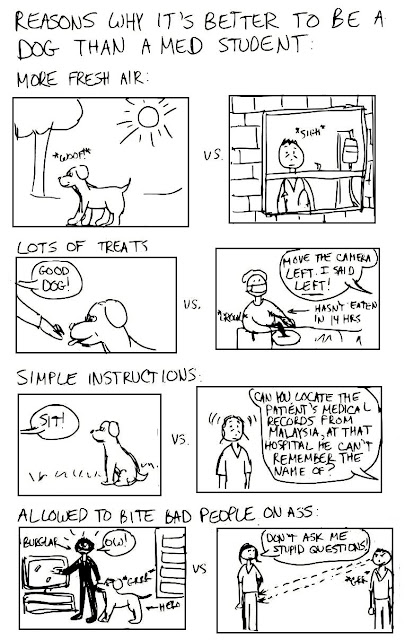We reviewed the symptoms to monitor for (ie symptoms of hypocalcemia) post parathyroidectomy:
- Symptoms: numbness, tetany, cramps,
- Signs: Seizures tetany, parasthesias, Chvostek’s sign- facial (think: CH-->Cheek), Trousseau’s sign, (CHECK OUT VIDEO HERE) arrhythmia, prolonged QT
1Its a good time to think about what PTH does to: Bone, gut, kidneys; and thus the LACK of PTH has important implications.
a.
Bone: Resorptionàwith
lack of stimulation
of osteoclasts with lack of mobilization of calcium from bone, there is persisitant osteoblast activity, and increased urine calcium loss, and
resultant hypocalcemia. (leading to bone
FORMATION)
b.
Kidney: 1α-hydroxylase is downregulated, with a resultant decreased production
of 1,25-dihydroxy vitamin D.
c.
GUT: This decreased production of vit D- impairs the absorption of calcium
and phosphorus in the gut.
-->hypocalcaemia with varying degrees of hypophosphatemia after
parathyroid surgery
-->occurs as a result of retention of calcium by bones that were previously demineralized from the
effects of PTH excess (similar to refeeding syndrome)
-->hypomagnesaemia (a sequelae) can exacerbate hypocalcaemia by inhibiting parathyroid
hormone release
Treatment:
Calcium Gluconate, IV and PO, then continue PO
Vit D
Mg replacement
Prevention can be acheived with vit d and calcium loading prior to surgery
For more info check out THIS article.






